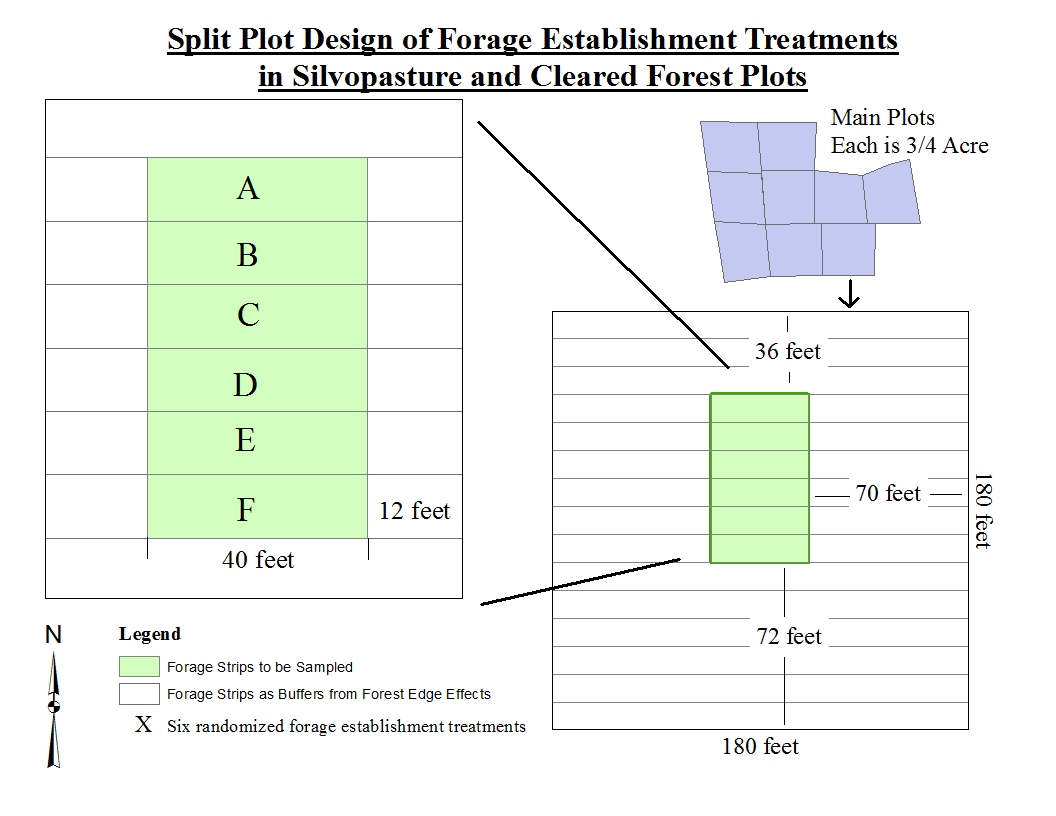Project Overview
Annual Reports
Commodities
- Animals: fish, shellfish
Practices
- Animal Production: parasite control, preventive practices
- Pest Management: physical control, prevention
Proposal summary:
The removal of epiphytic (fouling) pests is one of the most labor, time, and cost intensive tasks in oyster aquaculture. Current methods of oyster tumbling and cleaning often require specialized motorized equipment that burns gas and is expensive to both procure and maintain. Much of this gear must be custom built or fabricated at great expense to the farmer. This equipment can be loud- creating conflict with nearby landowners and disturbance of wildlife.
The movement of tides presents a potential free-and-green power source for oyster pest-maintenance. This project aims to test two new growing methods that are designed to use tidal flux to passively clean and tumble oysters. Success will be gauged by comparing growth rates and degree of fouling of oysters grown in these new designs to a control group grown using industry standard practices.
The test gear will be constructed out of readily available and inexpensive materials. Findings will be shared at the 2017 Maine Shellfish Growers Meeting (an event that is well attended by both established growers and aspiring farmers), and online (on the state cooperative extension website?). Plans and diagrams will be posted online and shared through the cooperative extension program. A demonstration day will occur during the trial to showcase the new equipment on-site. Heavily fouled oyster cages
Project objectives from proposal:
Proposed solutions:
This project aims to test two different experimental types of oyster growing cages that utilize tide-driven tumbling action to clean oysters and prevent bio-fouling in a suspended sub-tidal oyster farm.
Success of these techniques will be gauged by:
- Oyster growth rates measured monthly over the course of the study
- Volume and species composition of fouling organisms
- Amount of labor needed to maintain oysters (measured in time)
- Qualitative accounts of the difficulty of crop maintenance
Methods:
Two experimental oyster cage designs will be tested. Both are designed to tumble oysters in-place and periodically expose cages to the air. There will be four cages tested for each experimental treatment and the control. All cages will hold 2000 oysters at the outset, with stock thinned throughout the study to maintain accepted growing densities.
The first design uses buoyant half-submerged cylindrical cages that turn on an axle- reminiscent of a paddlewheel. Tidal movement slowly spins the cages exposing all sides to air, preventing the settlement of fouling species. The oysters stay submerged, but are tumbled and agitated to remove any epiphytes.
The second design uses finned cages attached on a pivot. As the tide changes direction, the current pushes against the fin, tipping the cage and tumbling the oysters. The downstream side of the cage is lifted out of the water by the pivoting action. See PDF attachment “Pivot Cage”.
A control treatment will be performed using a traditional floating bag system. Oyster cages will be manually flipped for overnight drying on a weekly schedule. They will be manually cleaned after each fouling measurement. All treatments will be initially stocked with half inch oysters.
In each scenario, cages are fastened to parallel longlines laterally strengthened with sections of PVC pipe. Longlines are set up parallel to the tidal current and are tensioned with large buoys and chain to keep them taut and properly oriented at all times.
Project Timeline:
- Initial gear building and rigging will begin in the second half of February 2016.
- A test plot will be laid out at the the University of Maine's Darling Center in late April / early May (depending on weather and seas).
- Oyster seed will be procured and planted in cages in late May.
- First measurements will take place late June, with subsequent measurements each month.
- A field demonstration will occur in September before the monthly measurement to show differences in growth and fouling.
- Final measurements will be recorded in early November.
- Test gear will be removed from the water by mid November.
- Report writing and development of web and presentation materials will occur in Nov, Dec, and Jan.
- Final data will be presented at Maine Shellfish Growers' winter meeting (Jan/Feb 2017).
Outreach plan:
- A project page will be set up as a part of the state Seagrant webpage and include photos and videos of work throughout the test trial.
- An initial on-site demonstration will occur before the September measurement period to highlight differences in oyster growth and bio-fouling. Invitations will be sent through the state growers email list and shellfish growers' listserve.
- A final formal project report will be completed by mid January 2017. Results will be reported at the Maine Shellfish Growers winter meeting (early 2017). The results could potentially be presented at Northeast Aquaculture Conference and Expo (NACE).
- If the new designs are effective, plans will be offered through the state cooperative extension website.
